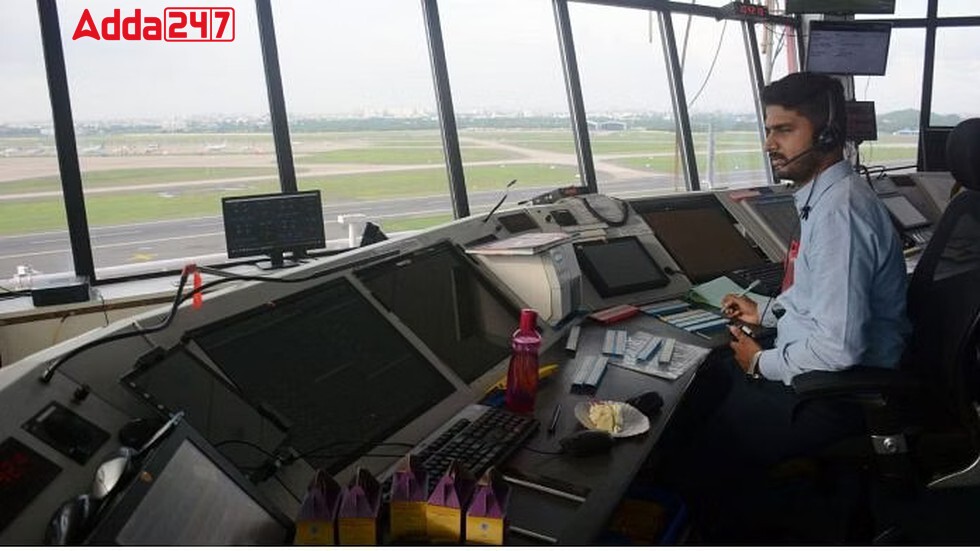

Mission ISHAN: Streamlining India's Airspace for Enhanced Efficiency
India is embarking on Mission ISHAN, aimed at consolidating its fragmented airspace management into a single, unified system headquartered in Nagpur. This move promises to revolutionize air traffic management, benefitting both airlines and passengers.
Currently, India’s airspace is divided into four flight information regions (FIRs) and a sub-FIR, each managed independently. This decentralization poses challenges in terms of coordination, efficiency, and capacity handling.
Under Mission ISHAN, all FIRs will be integrated into a single airspace managed from Nagpur. This centralization is expected to optimize operations, enhance safety, and increase capacity, crucial for accommodating the soaring demand in the aviation sector.
Implementing ISHAN will require significant technological upgrades, process revisions, and personnel training. These challenges necessitate careful planning, investment, and policy formulation.
The Airports Authority of India (AAI) has highlighted the need for a comprehensive study to address current and projected air traffic demands. Minimizing surveillance and communication gaps will be critical for reaping the full benefits of ISHAN.
Air Marshal Anil Chopra underscores the safety and efficiency gains of ISHAN. Centralized control from Nagpur will provide a macroscopic view of air traffic flow, enabling flexible routing, reduced fuel consumption, and lower carbon emissions. Additionally, workload reduction for air traffic controllers will enhance operational safety.
Drawing parallels with the Indian Air Force’s Integrated Air Command and Control System (IACCS), ISHAN aims to replicate comprehensive real-time airspace management across civilian aviation. This integration model promises improved emergency response capabilities and heightened situational awareness.
Uttarakhand, often called the Devbhumi or Land of Gods, is famous for its mountains, temples,…
In a significant leadership development, the Reserve Bank of India (RBI) has appointed Indranil Bhattacharyya,…
Birds come in a fascinating array of shapes and sizes, but when it comes to…
The Ministry of Home Affairs has appointed IPS officer Satish Golcha as the new Commissioner…
Islands are some of the most fascinating landforms on Earth, surrounded by water and often…
Spiders are fascinating creatures that come in various shapes and sizes, with some species reaching…